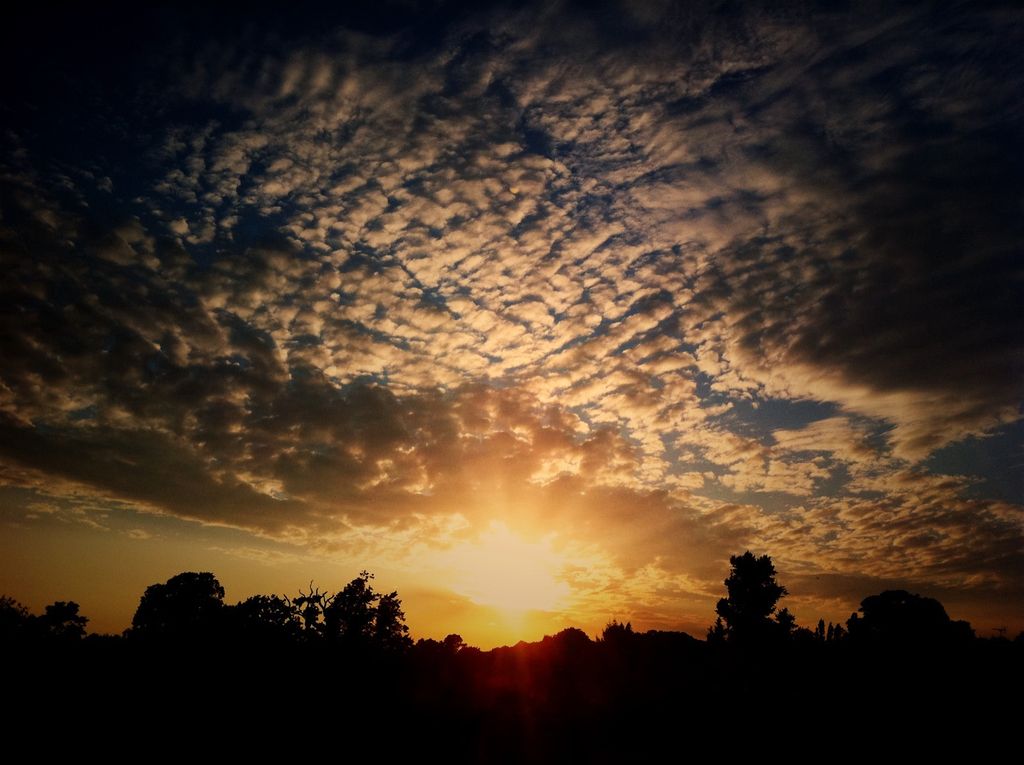Common Errors Committed by Novice Wildlife Photographers (and Guidance to Overcome Them)
Validate your foray into the realm of wild photography with our upbeat, informative guide. Now you can capture breathtaking shots of animals, from soaring eagles to timid deer, and avoid the pitfalls that trip up newcomers.
Equipped with this essential guide, take control of your camera settings and breeze past the common missteps frequent by beginners. Learn to conquer issue like motion blur, incorrect ISO, inappropriate autofocus modes, and poor composition.
Our adventure starts with researching the wildlife. Ignorance can be deadly, so get intel on your subjects' habits, routines, and habitats to boost your photographic prowess. Next, gear up with the right equipment: lenses, telephotos, crop sensors – we’ll guide you to the best tools for the job.
Armed with knowledge, head out into the field and focus on attitude. Patience is key – the wild doesn’t wait for you, but it will reward those who bide their time. Stay flexible, adapt to the surroundings, and cherish every learning moment. When you stumble, remember: every failure is an experience that will make you stronger!
Harnessing the power of light and background is your secret weapon. Learn to navigate the golden hours with perfect soft, warm light that’ll enhance your images. Nail the composition, refine your framing, and give your subjects room to breathe – in the right spotlight, they'll dazzle.
Cropping can be a crutch, but don't let it become a habit. Fine-tune your in-camera technique, and you'll reap the benefits of sharper, cleaner, more detailed images that'll impress even the harshest critic. Printing your favorite shots? Go for HD Acrylic Prints from Artbeat Studios for glamorous, gallery-quality prints that'll honor your work.
But let's not forget: wildlife and the environment are paramount. Treat them with respect, never bait or interfere, and let your images inspire conservation. After all, your role is to immortalize nature's magic, not exploit it.
So, are you ready to carve your path from newbie to master wildlife photographer? Discover the thrill of the chase, the beauty of the wildlife, and the art of capturing the magic on camera. It's time to claim your spot in the pantheon of wild photographers!
Armed with knowledge, not bulletsEmbrace the wild, shoot and respectFrom dawn to dusk, follow the bestLess is more, capture pith
Remember these tipsShoot in patienceGolden hour leapBackground, framing peaceResist picturefeast
The great outdoors awaitsYour arsenal, shall resound the gateNature's wisdom calls you to createJoin the photographic, scenic fates!
Enrichment Data:
- ** General Tips
- Practice regularly to hone your skills.
- Experiment with techniques and find what works best for your style.
- Share your work with others to receive feedback and inspiration.
- ** Different Wildlife Species
- The challenges of photographing different wildlife species may differ in terms of tactics, camera settings, and behavior. Learn about the specific species you desire to photograph and tailor your approach accordingly.
- ** Camera Settings Cheat Sheet
- Shutter Priority - Tv or S mode
- Minimum shutter speed for fast-moving subjects: 1/1000s
- For low-light conditions: post-processing or artificial lighting
- Aperture Priority - Av or A mode
- Controlling depth of field based on ND filter elimination
- Manual Mode - M or full manual mode
- Utilized in difficult lighting conditions/extreme scenarios
- ** Light Conditions
- Soft, warm light: golden hours (just after sunrise, just before sunset)
- High contrast / hard light: midday sun
- Backlit: beautiful rim-lit effects
- Sidelines: adds texture
- ** Ethical Guidelines
- Never bait or interfere with wildlife to get a better shot.
- Respect animal habitats and follow park or reserve guidelines.
- Do not post exact GPS coordinates for rare species.
- Share images responsibly and promote wildlife conservation.
- Delve into the realm of wildlife photography with our comprehensive guide, covering everything from camera settings and animal behavior to ethical guidelines, ensuring you capture striking images while respecting nature.
- Aspiring photographers can master the art of capturing wildlife by practicing regularly, experimenting with techniques, sharing work for feedback, and adjusting approaches based on specific species and lighting conditions.
- Whether shooting in soft, warm light during golden hours, high contrast midday sun, or using backlit or sidelight effects, understanding and utilizing different light conditions is essential for producing high-quality wildlife photographs that depict the beauty of these creatures and inspire conservation awareness.






